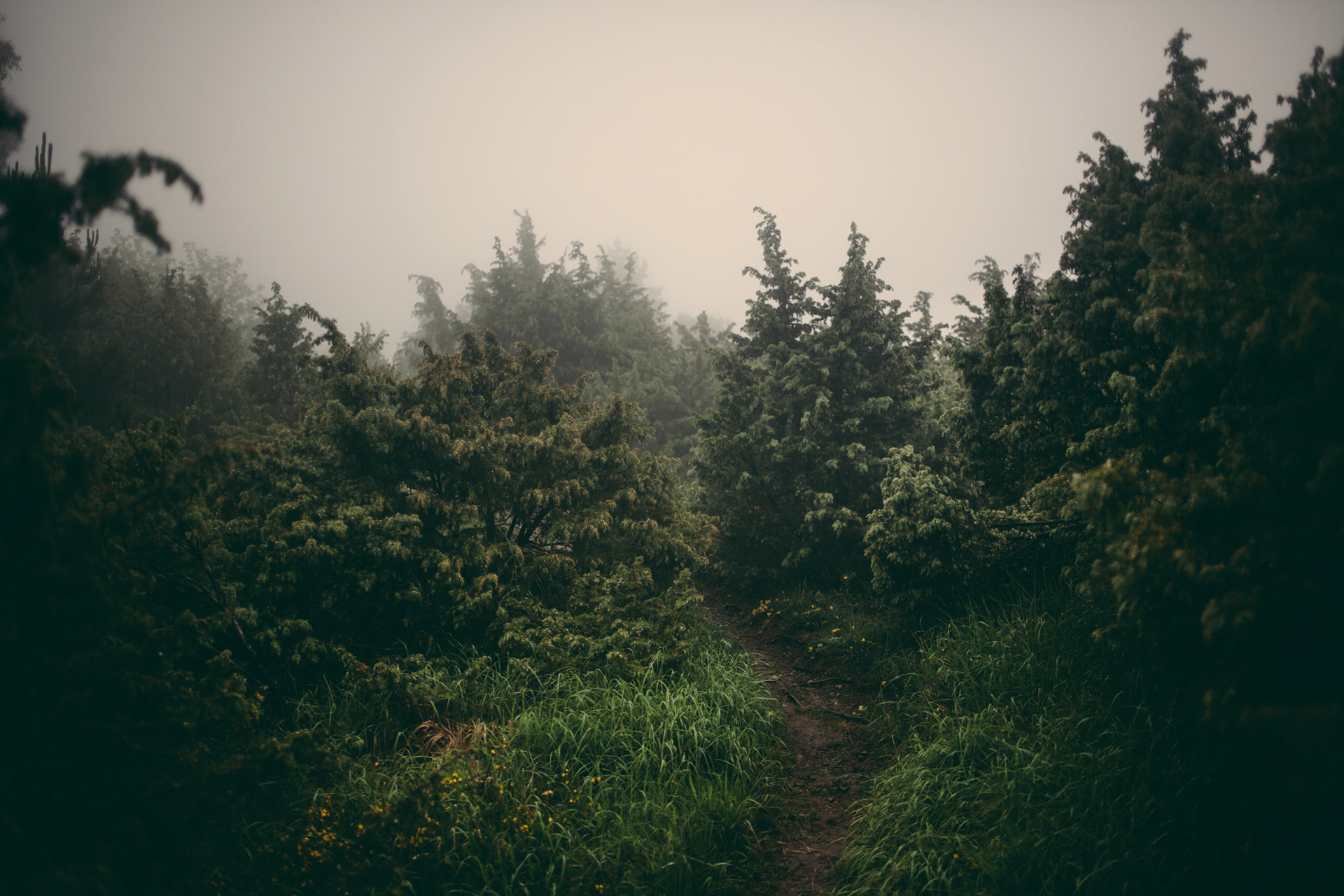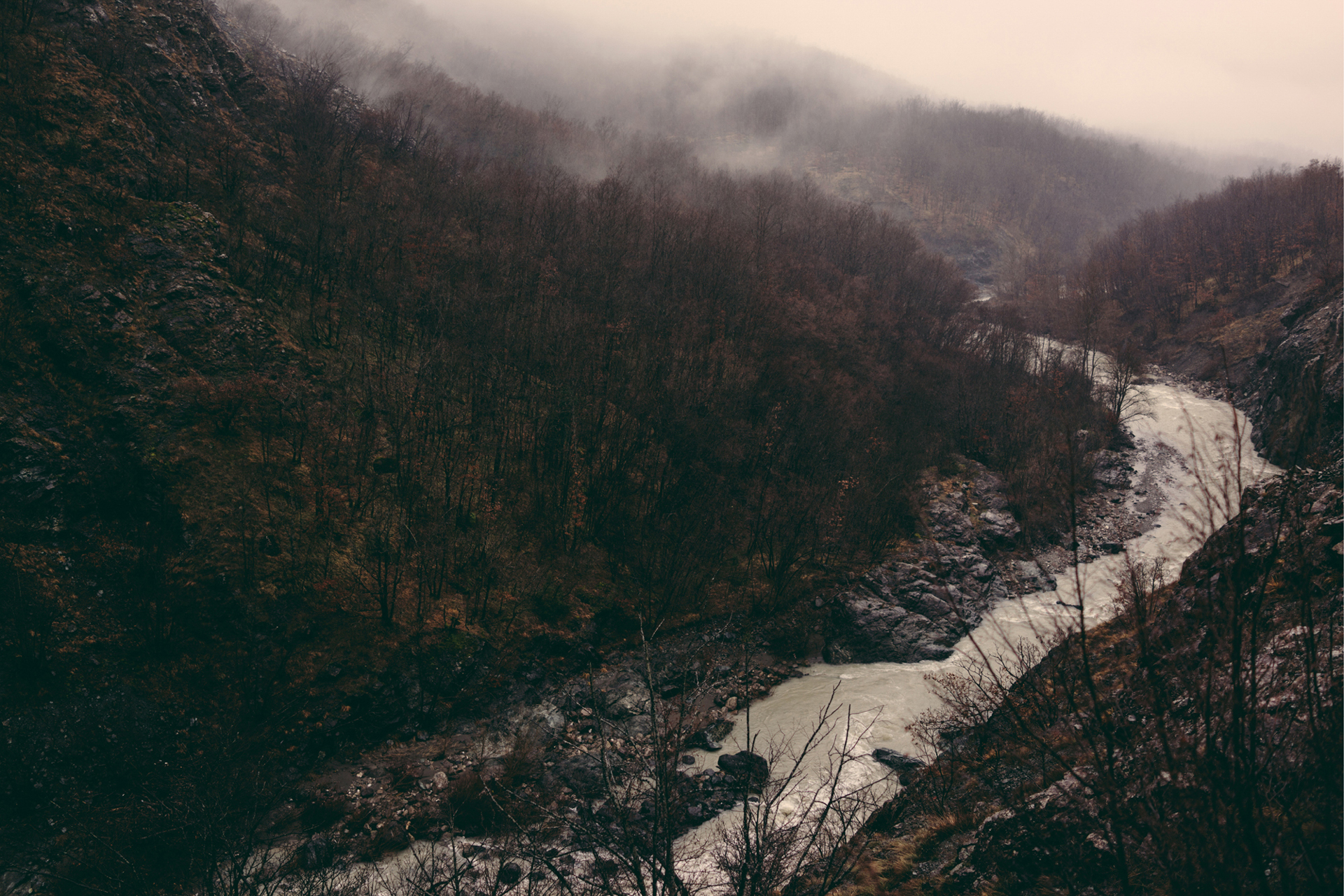

For some decades now, in the forests of the European continent we are witnessing a progressive return of large predators, a consequence of the growth of forests (which now cover more than 40% of the territory) due mainly to the abandonment of rural areas. This developing situation puts us in front of the opportunity to review our strategies of coexistence with wildlife. Italy is from this point of view a paradigmatic case: in 1921 the last wolf in the Italian Alps was killed by hunters. Today, 100 years later, Italy has an active and growing wolf population, and this is thanks to the particular social structure of the packs, from which single individuals leave in dispersion to look for new territories, but also thanks to the early policies of protection of the species (which had never been completely extinct in the Apennines) started in the 70s. Selva, far from being a naturalistic photographic project, wants to investigate the relationship between man and the wild from a wider point of view. Some philosophers and contemporary activists look at the ecological crisis as a crisis of sensitivity: the lack of care and attention to the environment has impoverished our sensory and emotional sphere. By renewing the feeling of interdependence with other species we can feel part of the natural universe again. According to anthropologist Eveline Lot- Falck, “Among hunting peoples, such as the Siberians, humans feel intimately connected to animals. Between the human and animal species it is not a question of superiority, there is no essential difference.” In other eras we have felt the need to devise systems of spiritual exchange with animals, as with shamanism or cave art. Legends, rituals, even down to the names of the constellations in the sky, testify of a past of coexistence. Today, what kind of relationship is it possible to imagine with the great predators that are re-colonizing Europe? What kind of diplomacy is possible and who are the “diplomats” in charge of monitoring and managing the coexistence (and conflict) with species such as wolves and bears? How much do we know about the lives of these anmals that escape even our simple gaze? What can we learn from them, and how much has their ancient proximity shaped the very structures of our thinking over the course of evolution? Ultimately, are we really “other” than animals?
Italy, 2016/Ongoing











